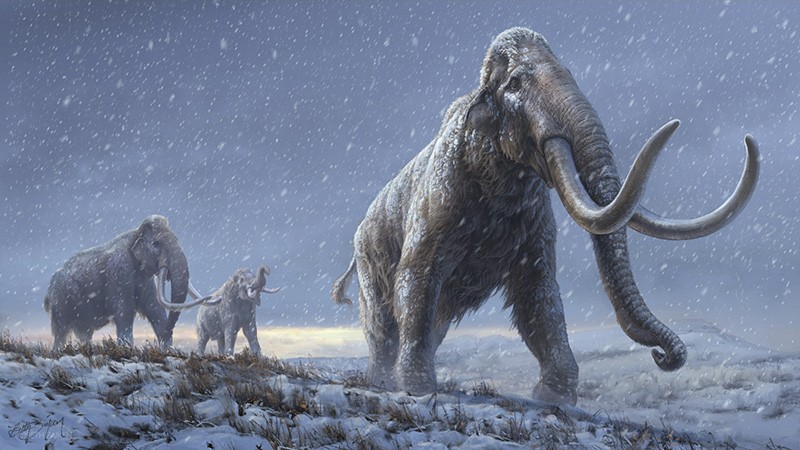Permafrost-preserved teeth, up to 1.6 million years old, identify a new kind of mammoth in Siberia.
The million-year-old genome is here. Mammoth teeth preserved in eastern Siberian permafrost have produced the oldest ancient DNA on record, pushing the technology close to — but perhaps not past — its limits.
Genomic DNA extracted from a trio of tooth specimens excavated in the 1970s has identified a new kind of mammoth that gave rise to a later North American species. The findings were published in Nature on 17 February1.
“I love the paper. I’ve been waiting for that paper for, what, eight years now,” says Ludovic Orlando, an ancient-DNA specialist at the Centre for Anthropobiology and Genomics of Toulouse in France, who co-led a 2013 effort that sequenced the previous oldest ancient DNA — a genome from a 560,000-to-780,000-year-old horse leg bone2. “I’m pleased to lose this record, because it was a heavy one,” he says.

